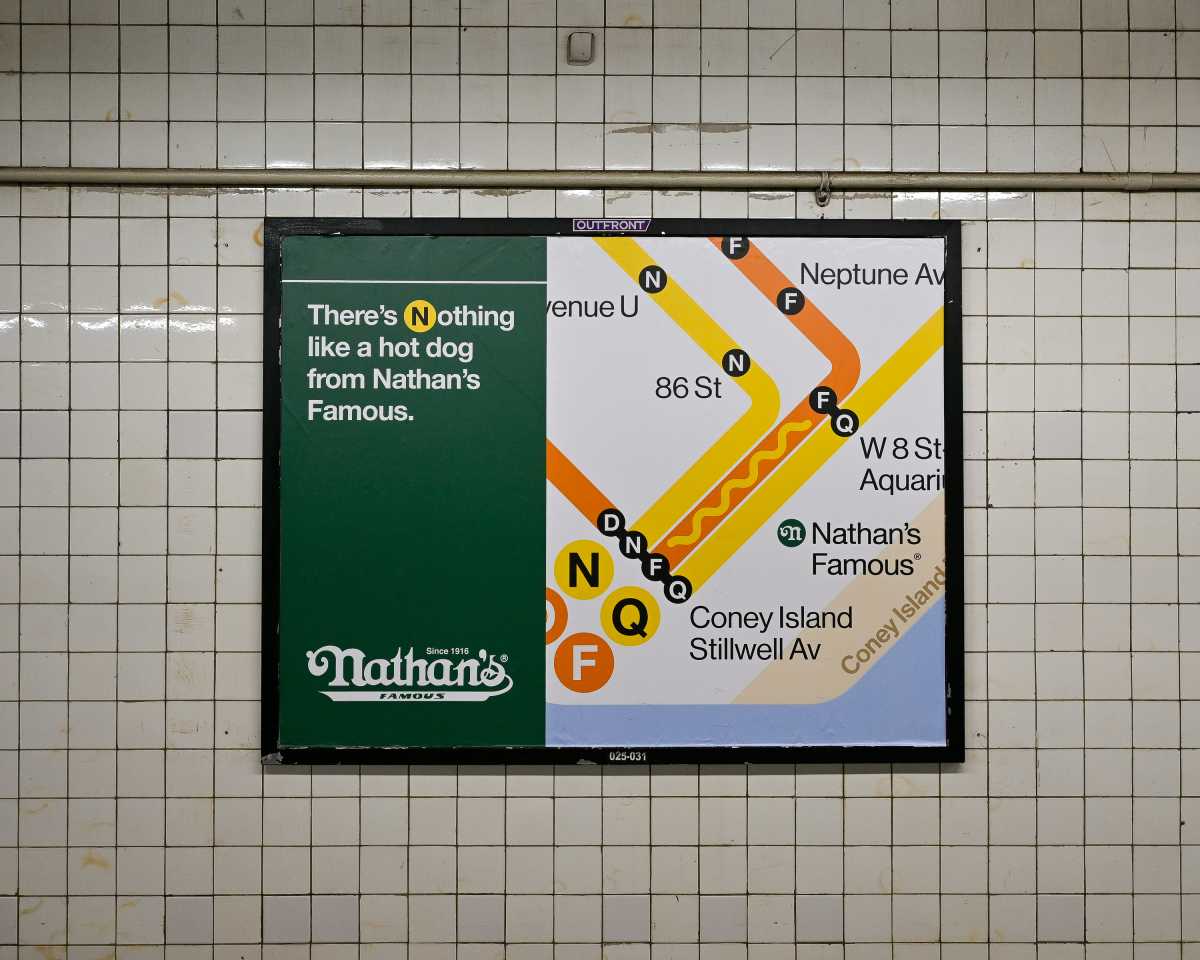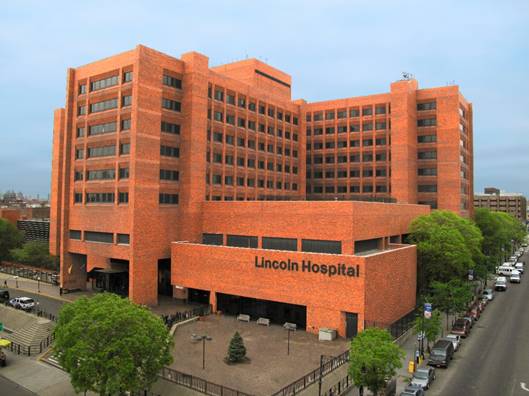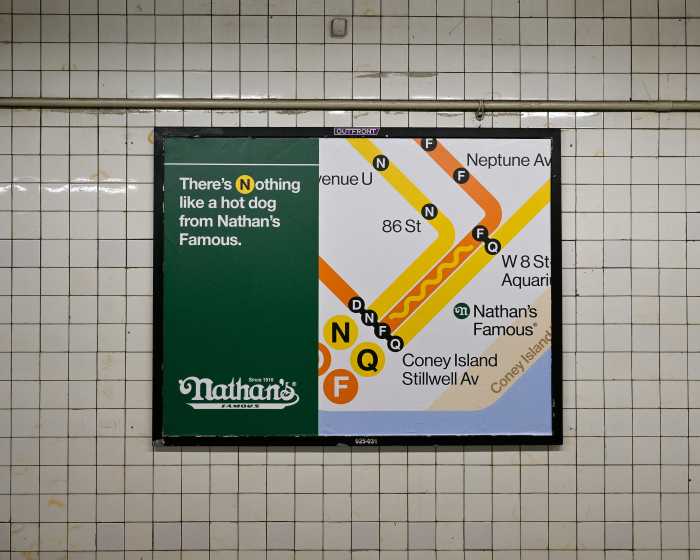New York is a growing and aging city whose infrastructure needs $47 billion to replace and repair its old parts, according to a new report from the Center for an Urban Future.
The report, Caution Ahead, warns that the city’s battered streets, bridges in need of repair, obsolete subway signal systems and cramped stations could harm New York’s economy and quality of life.
There is already a $34.2 billion gap in funding over the next five years at the various agencies that manage the city’s infrastructure. (The city Department of Environmental Protection is excluded from the estimate.)
“We’re not going to be able to cover our full state of good repair needs,” report author Adam Forman said. “But we should be prioritizing across agencies what is most critical toward achieving our economic development goals, quality of life goals.”
Denise Richardson, executive director of the General Contractors Association, called the report a “very sobering overview” of the city’s infrastructure, which must be able to handle the growth of the city’s population and plans to build taller, denser buildings.
“Our existing infrastructure cannot last the long term to support higher and greater density development,” Richardson said.
Streets, highways and bridges
The city’s roads and bridges take a nonstop pounding from vehicles.
Of the city’s 1,445 bridges — including elevated expressways like the Brooklyn-Queens Expressway — 41% are more than 64 years old, with 165 of them older than a century. There are 47 bridges that are in need of repair and contain parts that have no redundant support, which Forman said makes them “more prone” to failure.
Half of city highways, meanwhile, were in fair or poor condition in 2012, according to the report.
The state transportation commissioner has said almost half of New York’s funding for highways and bridges is dependent on federal financing, which Congress has yet to hash out this year.
Gov. Andrew Cuomo’s executive budget provides $3.4 billion for transportation infrastructure, with $225 million to accelerate road and bridge work in the state.
A third of streets are in fair or poor condition. Meanwhile, 1,000 miles of road lanes fall into disrepair each year.
The report said that since 2000 there were three years in which the city Department of Transportation was able to resurface 1,000 miles of street.
Subways
Transit infrastructure is being tested by an increase in ridership. The MTA still relies on a now obsolete signal system. More than a third of subway signals have exceeded their 50-year life span, the report said. An advanced signal system that allows trains to run closer together and faster, moving more passengers, has been put in place on the L train and is being installed on the No. 7 line.
Stations, meanwhile, are becoming cramped as more riders are trying to exit and enter the system. The report suggests more entryways, escalators, elevators and wider stairways for the subway’s 468 stops and 1,861 entrances.
An MTA spokesman said the last capital program provided $3 billion for upgrading the signal system, while the next five-year plan is expected to include another $2.4 billion. The MTA is allocating $370 million of its own money to cover the next capital program, which will deal with accommodating all-time ridership levels.
Water mains
Nearly half of the pipes feeding water to the city were installed before 1940 and about 1,000 miles are more than a century old. While the number of busted pipes dropped in the past decade, water main breaks spiked last year by 10%, to 403. Meanwhile, leaky pipes in 2011 lost 24% of the billion gallons of water distributed in the city each day.
The Department of Environmental Protection has been unable to meet its goal of replacing 68 miles of water pipes a year. The report said the DEP has been hamstrung by requirements to spend billions of dollars on pricey projects mandated by the federal government.




































